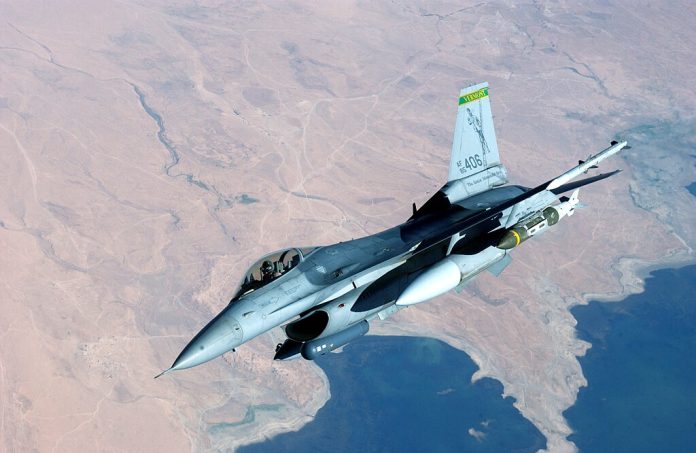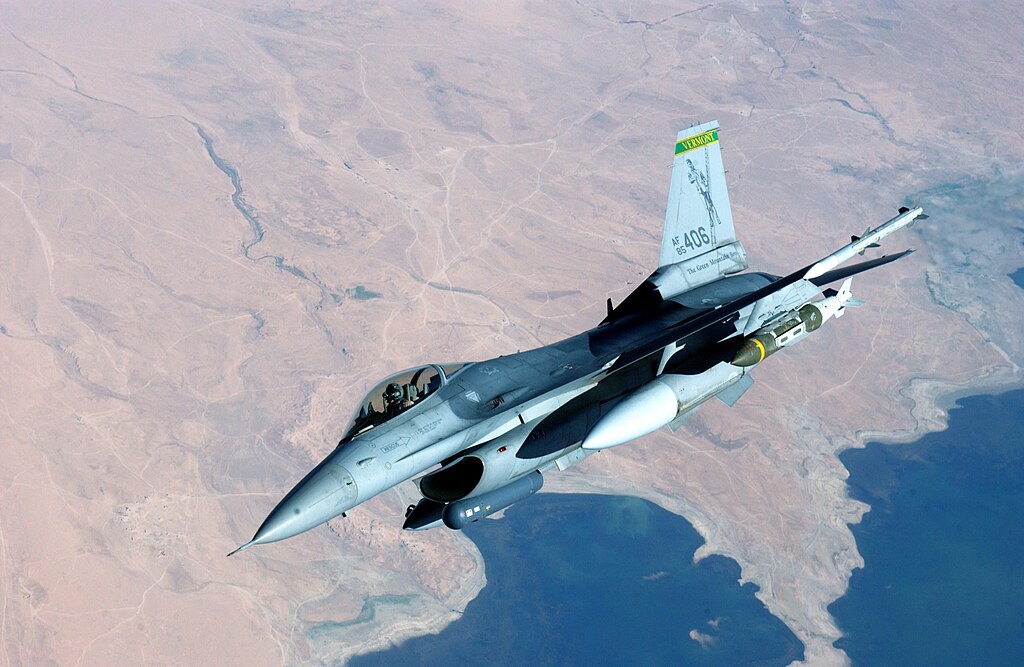
It was a shock that resonated far beyond the battlefield. Ukrainian warplanes in mid-February 2025 broke through a barrier, hitting a Russian military installation deep inside Kursk with American-designed precision-guided rounds. The 26-second clip posted by Ukraine’s General Staff showed the base seconds before it was attacked and moments after it went up in a momentary glimpse of years of high-level planning.

The raid was not simply a military victory; it was a display of Ukraine’s emerging ability to marry advanced Western hardware into systems of the Cold War era, overcoming engineering, logistical, and political challenges. It also showed the evolving character of the war in which precision, reach, and flexibility increasingly become the determinants of the victor. The following are seven key elements that illustrate how this attack was launched and why it matters.
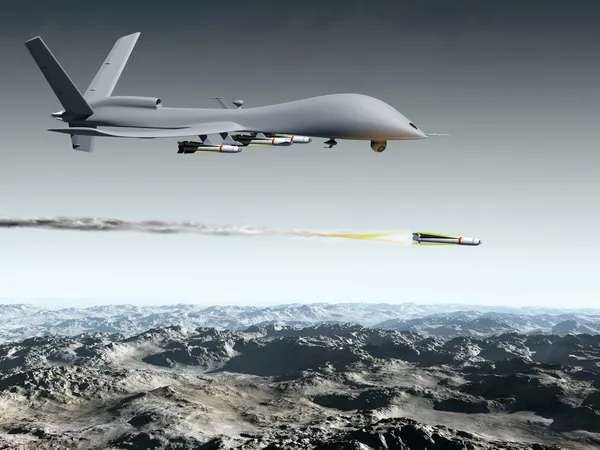
1. Striking a Russian Drone Launch Node
The Russian base in Kursk, near Elizavetovka, was more than just a fixed military installation it was an operational launch point for Russian UAV raids into Ukraine’s Sumy oblast. When Ukraine struck it, it eliminated a node in the Russian battlefield air interdiction network that had been increasing its ability to threaten Ukrainian ground lines of communication. Destroying the hub removed a source of consistent drone strikes that had been causing trouble for Ukrainian supply lines and defense rotations.
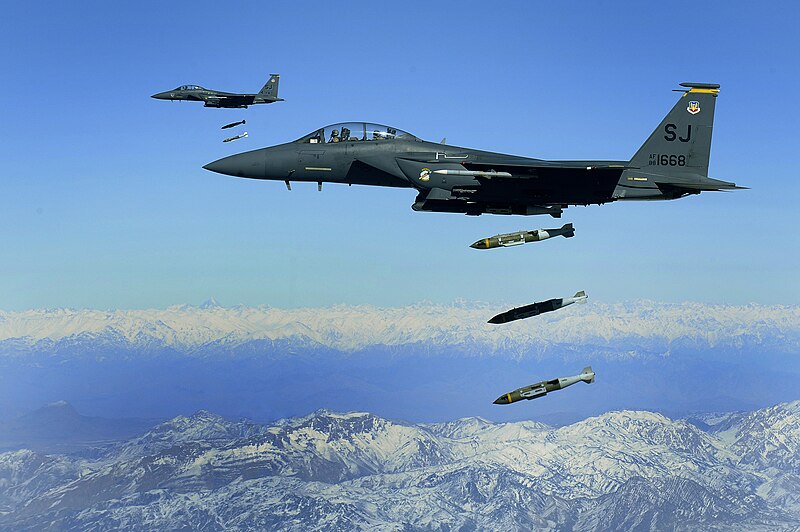
2. Alleged Employment of the 1,000-Pound Mark 83 JDAM-ER
Analysis by Militarnyi showed that the bomb used could have been a 1,000-pound Mark 83 with the JDAM-ER guidance kit. The older American munition, which carries GPS/INS and pop-out wings, is converted into a standoff weapon that can target more than 40 miles away. The Aviationist had already documented Ukraine’s first-ever use of such configurations, the first time any country utilized the Mark 83 JDAM-ER in combat.
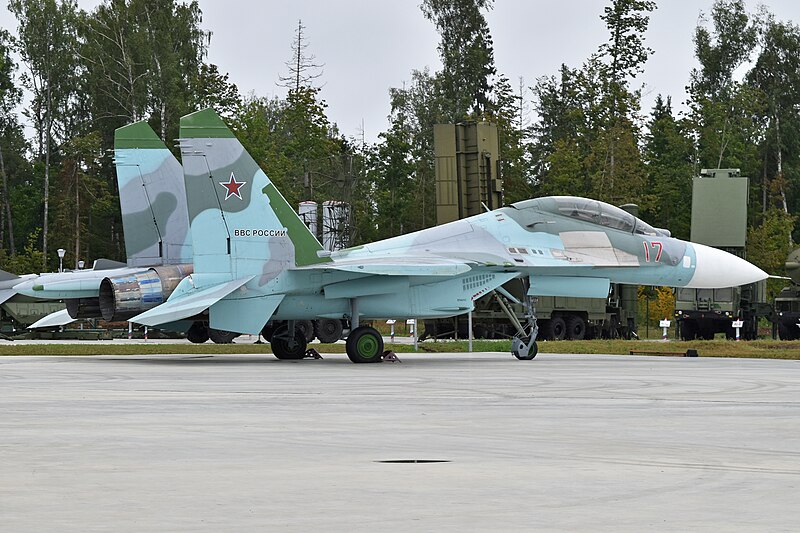
3. Attaching Western Bombs to Soviet-Age Aircraft
How Ukraine’s Su-27 Flanker and MiG-29 Fulcrum fighter jets, which were never intended to shoot NATO-standard munitions, were converted to fit JDAM-ER systems involves a mix of structural modification and software integration. Technical documents outline how avionics, pylons, and mission computers were modified by engineers to support these systems. In order to make these aircraft compatible, special pylons with possible electronic support measures were manufactured, a demonstration of a blend of battlefield adaptation and state-of-the-art engineering.

4. Su-27 Platform Operational Advantages
The Su-27’s higher altitude and speed capabilities over the MiG-29 allow it to launch JDAM-ERs at higher altitudes and ranges, maximizing standoff capability. Su-27 launch aircraft are able to stay out of range of Russian surface-to-air defenses through such performance superiority. Capability for more than 9,500 pounds of external stores also allows for the integration of precision strike weapons with air-to-air missiles for defense.

5. Countering Russian Electronic Warfare
Russian EW assets have already compromised the performance of Western-guided weaponry, including JDAM-ERs. To counter this limitation, the U.S. ordered Home-on GPS Jam sensors for Ukraine’s JDAM-ER kits in May 2024, to re-obtain accuracy against EW-impenetrable targets. This modification turned out to be crucial in achieving the Kursk strike’s success as Russian forces employ EW assets near high-value targets.

6. Strategic Impact on Russian Logistics
With bridge and nodes of infrastructure destruction, JDAM-ER strikes can sever supply lines essential to Russian operations. The Kursk strike mirrored prior Ukrainian tactics, such as the employment of HIMARS to cut crossings for the Kherson counteroffensive. On both occasions, the destruction of a drone launch facility contributed to logistical pressure, forcing Russia to regroup its interdiction campaign along the Sumy front.

7. Indigenous Glide Bomb Development
With French and U.S. glide bombs in short supply, Ukraine began producing its own GPS-guided munitions with deployable wings and rocket motors that would travel as far as 65 km. The models, reported Forbes, are akin to the French Hammer and might be integrated into Su-24, Su-27, and MiG-29 fleets. Local production would reduce reliance on imported supply chains and circumvent allied-supplied weapon limitations on striking Russian soil.

The Kursk strike was not just one mission; it was a showcase of Ukraine’s capability to innovate, improvize, and integrate heterogeneous technologies in the heat of war. By integrating Western precision-guided systems with Soviet-era fighters, electronic warfare countermeasures, and local solutions, Ukraine is transforming the tactical landscape. For Russia, it is a reminder that distance and defense are no longer guarantees of sanctuary; for militaries observers, it is a demonstration of how engineering innovation and targeting strategy can be combined to alter the equation of warfare.
